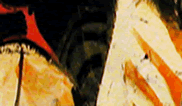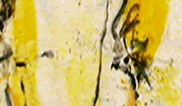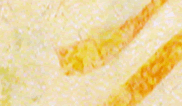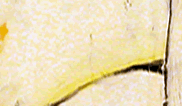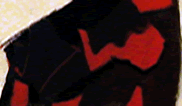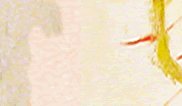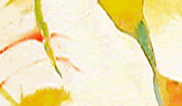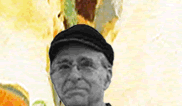 |
For
more than forty years William Quinn has continually surprised us with
newly invented images, not through a quest for novelty but through
his naturally creative gifts. By the time of his graduation in 1953
with a Bachelor of Fine Arts degree from Washington University in
St. Louis, Quinn was already a master of his craft.
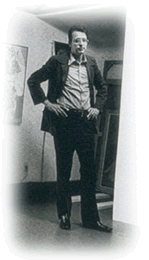 |
|
|
Early
on, Quinn’s artistic vision was judged unique and mature. His
achievement as an artist is best understood as a synthesis of his
outlook on life and art, his American roots, and his European experiences.
He forged these elements into an artistic style which he has developed
with great integrity and steadfastness.
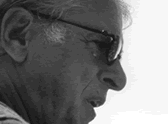 |
|
|
In
the summer of 1953, Quinn headed for New York City, where the Abstract
Expressionists had established for the first time an American city
as the art capital of the world. The young painter experienced an
exhilarating artistic environment teeming with gestural energy of
Pollock, de Kooning, and Motherwell. He was chosen to exhibit in a
New Talent show and couldhave spent his career in New York. Instead,
after serving in the U.S. Army for two years as a training-aids illustrator,
he returned to the Midwest and used the Army benefits (G.I. Bill)
to acquire a Master of Fine Arts degree at the University of Illinois.
|
|
|
Quinn
then returned to St. Louis to teach drawing and painting at Washington
University. This geographic separation from New York distanced him
from the personal angst and pressure of the aesthetic revolution felt
by many artists on the East Coast, but not from the tenets of modern
art. At the University, where expressionists Max Beckmann and Phillip
Guston had recently taught, his 33-year teaching career enabled him
to dialogue with American and European painters on the latest ideas
and issues in contemporary art, and his class duties were minimal,
allowing him ample time for his work.
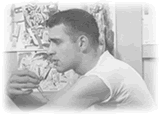 |
|
|
Quinn’s
love affair with Europe began as early as 1957 when the University
awarded him a Milliken Foreign Travel Scholarship to spend a year
painting in Rome. Subsequently he spent sabbaticals in Greece (1963)
and Paris (1982), and often painted during summers in Europe. In his
work, Quinn uniquely synthesized the elements of the European modernists
with the gestural style of “Action Painting” common to certain
American Abstract Expressionists.
|
|
|
After
completing his teaching career in 1991 Quinn moved with his Belgian-born
wife Jeannine to Bruges, where he now has his studio. In this ‘European
Period’ he has pulled out all the stops. The paintings are spacious
and bold, often with surprising color combinations that have always
been an engaging aspect of his work.
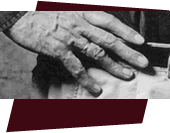 |
|
|
Many
of the recent works have white grounds in tension with aggressive,
contrasting planes. Others have linear structures that seem to create
a ‘real’ space, but then the lines dart back to surface,
asserting the paintings’ two-dimensionality, sometimes suggesting
landscape or ?gurative elements.
William Quinn works on one painting at a time, not in a series, as
he abhors repeating himself. As a result, each painting is a new experience
both for the painter and viewer. |
|
|
| Throughout
the years Quinn has exhibited widely in the U.S. and Europe, winning
many prizes in competitive exhibitions. Perhaps the strongest validation
of the strength and truth of Quinn’s vision is the amazing zest
with which he continues to pour forth images that are ever fresh and
new and full of the power to enchant.
|
|
|
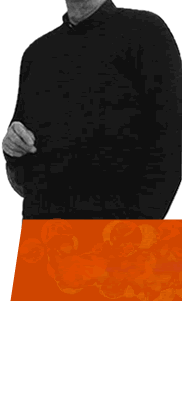 |
 |




